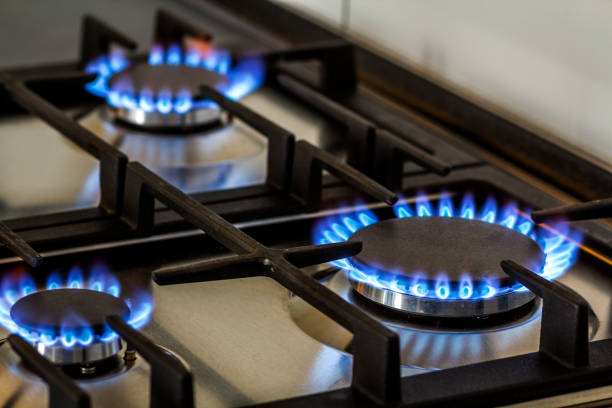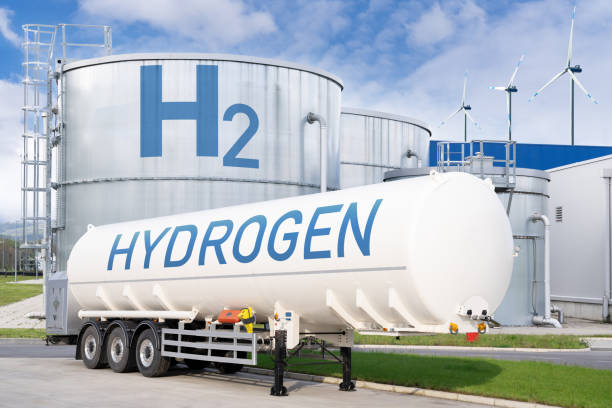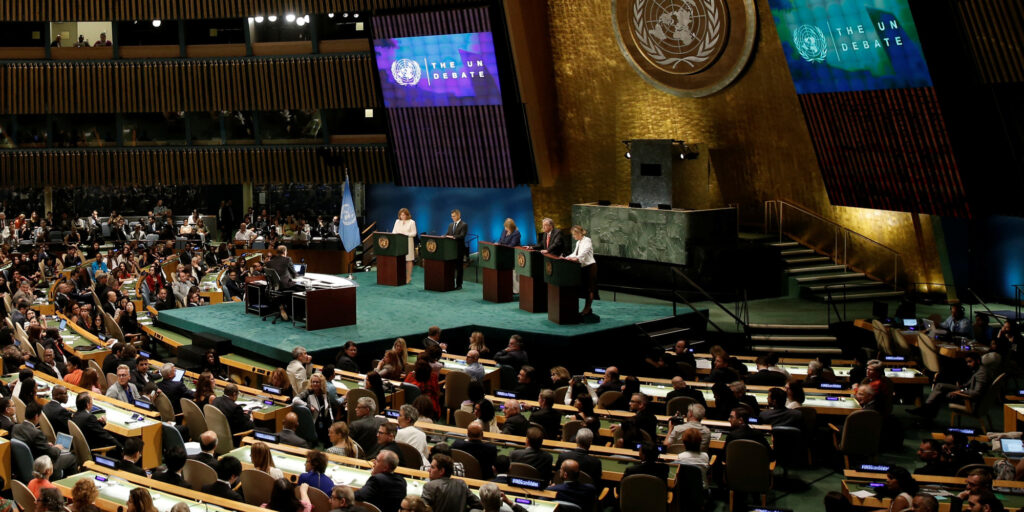The Nigerian Energy Transition Plan (ETP) encompasses five key sectors: power, transport, oil and gas, cooking, and industry. While power often dominates discussions around the ETP, it is essential to note the significance of the cooking sector, which accounts for approximately 22% of Nigeria’s total greenhouse gas emissions, emitting around 40 million metric tons of CO2 in 2020. Sadly, an alarming 87% of the Nigerian population, totalling 175 million individuals, lack access to clean cooking facilities, resulting in severe environmental and health consequences, particularly for women and children.
Health Impacts and Environmental Consequences
The United Nations reported that in 2021, Nigeria had the highest number of child deaths globally due to pollution-related pneumonia, reaching nearly 70 thousand cases. According to UNICEF, 40% of these deaths are due to air pollution caused by the combustion of solid cooking fuels within households.
Decarbonization Strategy
Recognizing the urgency of addressing this issue, the Nigerian Energy Transition Plan has outlined a comprehensive strategy to decarbonize the cooking sector by 2050. The targets include transitioning urban dwellings to 95% electric stoves and 5% efficient wood stoves by 2050, rural dwellings to 57% electric stoves, 22% efficient wood stoves, 20% biogas, and 1% LPG by 2050, and commercial dwellings to 85% electric stoves, 10% efficient wood stoves, and 5% biogas by 2050.
Key Components of the Decarbonization Strategy
The pivotal elements of the strategy involve a shift from traditional firewood, charcoal, and kerosene to Liquefied Petroleum Gas (LPG) until 2030, followed by the adoption of efficient wood stoves, electrification, and biogas, particularly in rural areas. Given its relevance across household categories and Nigeria’s abundant natural gas resources, LPG is highlighted as a crucial transitional fuel.
Post-2030 Focus on Carbon-Neutral Technologies
Post-2030, the emphasis shifts to carbon-neutral technologies such as electric cookstoves for grid-connected households and biogas for rural areas relying on off-grid electricity sources. The transition is expected to significantly reduce energy needs as more efficient technologies replace inefficient firewood stoves.
Challenges and Accountability
Despite the plan’s feasibility, some challenges need to be addressed. One instance is the misappropriation of funds in a past initiative. In 2014, the Federal Executive Council approved 9.2 billion Naira to procure 750,000 stoves and 18,000 Wonder Bags to distribute to rural women. Regrettably, only 45,000 clean cookstoves were provided, and a mere 15% of the approved funds were released to the contractor, raising concerns about financial mismanagement.
Recommendation
To ensure the success of clean cooking projects under the energy transition plan, stringent monitoring of associated funds is imperative. Learning from past experiences, the Nigerian government must institute transparent mechanisms and strict accountability measures to safeguard funds allocated to these critical initiatives. Only through responsible governance and rigorous oversight can the laudable strategies outlined in the Energy Transition Plan manifest into tangible and impactful solutions for the Nigerian population, addressing both environmental concerns and public health challenges.



